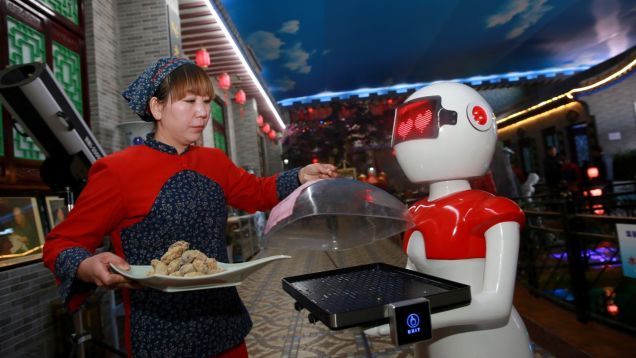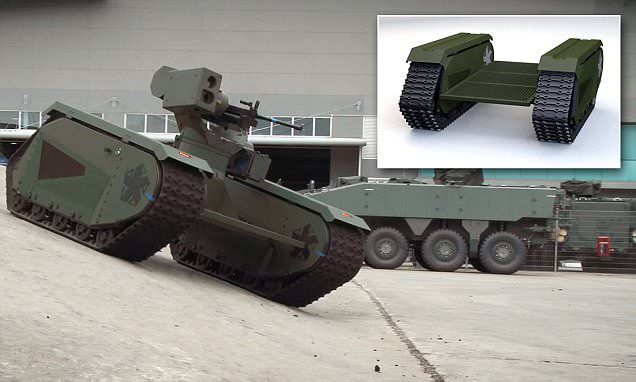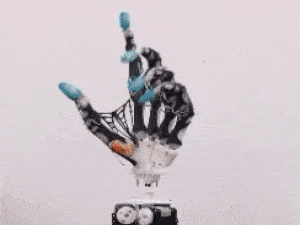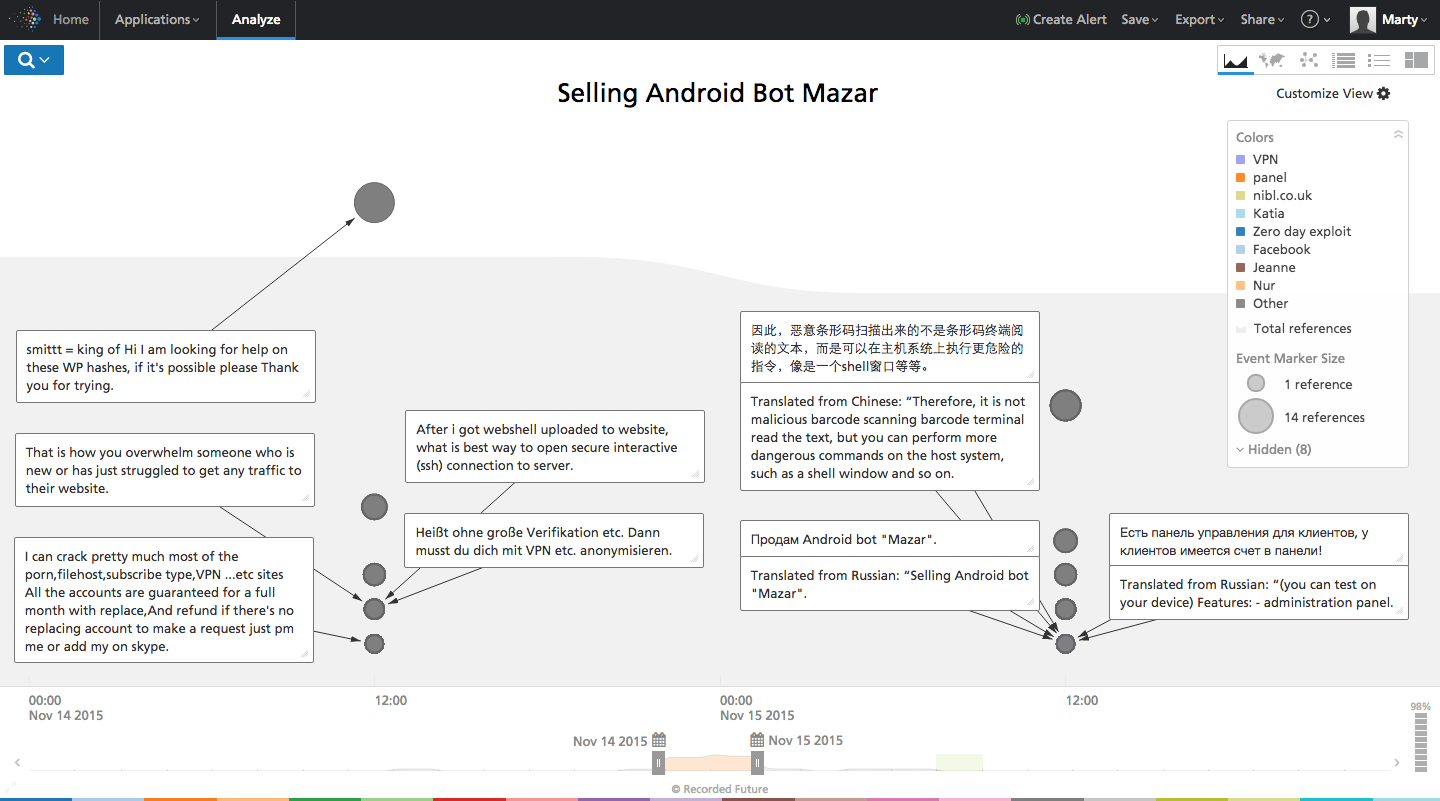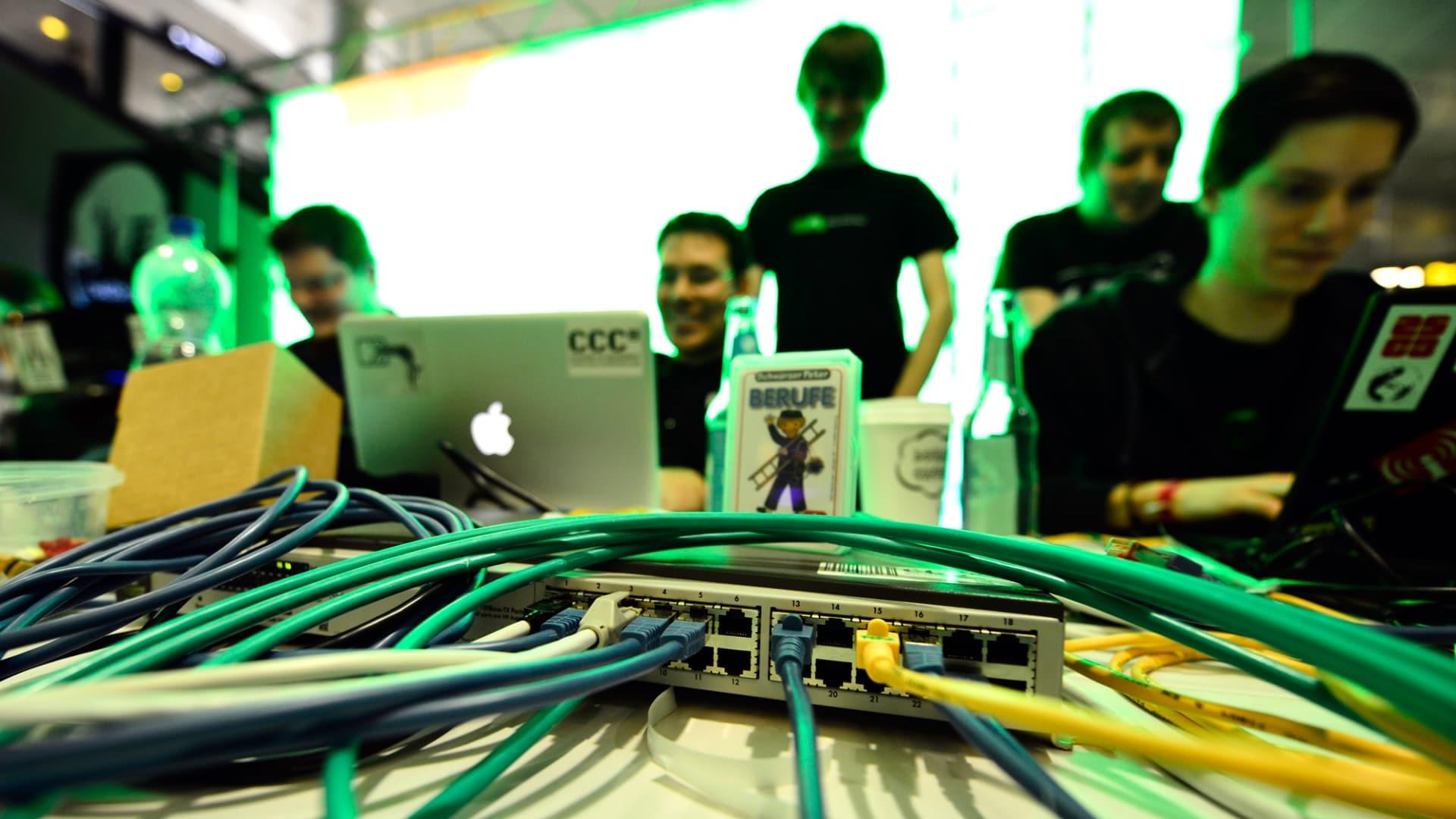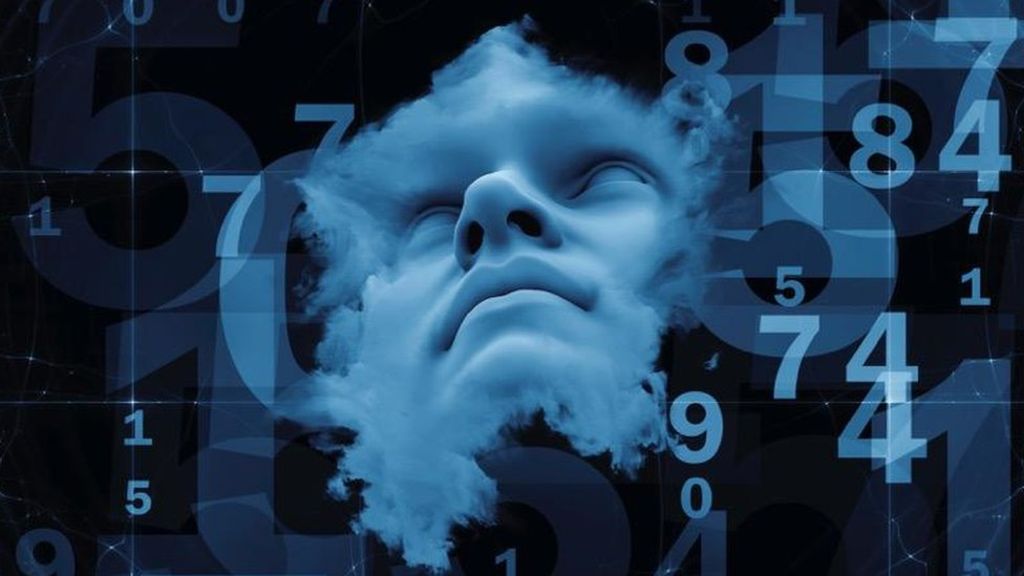Feb 17, 2016
China Is Kicking America’s Ass in the Robot Waiter Wars
Posted by Karen Hurst in category: robotics/AI
Well, US is failing on building a competitive waiter to go up against China’s version.
America is getting crushed by China. Not in trade or weapons or any of those things that don’t matter. We’re losing the war of the Roseys. Don’t believe me? Take a look at the new robot above, serving up deliciousness at a farmhouse restaurant in Sanmenxia, China.
Or look at this December photo of Tete, a robot in Qingdao, China. Tete can communicate over 200 words and has no trouble delivering dishes.
